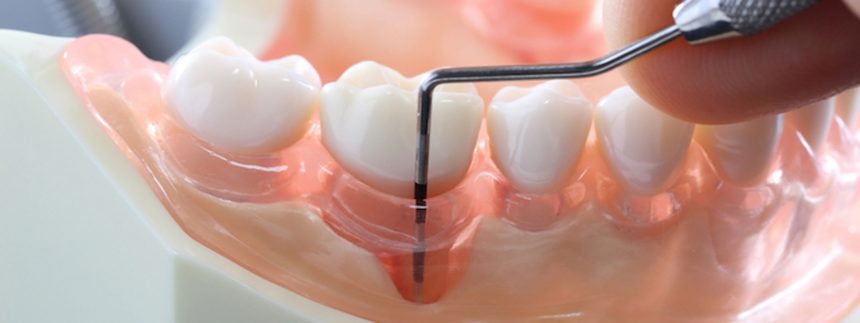Periodontology
Periodontology is included in this field of dentistry, to treat gum diseases, which are commonly known as ‘receding gums’, cleaning the dental stone and bacterial plaque, surgical treatment of the disease, and informing and motivating the patient about oral and dental care.
Treatment of gum disease has become one of the most emphasized topics in modern dentistry.
Healthy Gums
Light pink color
A uniform gingival border that wraps the teeth at the root starts and follows their contours
No redness, bloating or infection
Normal bleeding and bleeding with the use of thread
No discomfort
Robust and hard-looking gums…
Symptoms of Gingivitis
Bleeding in the gums (when brushing or spontaneously) smell in the mouth due to inflammation and bad taste
Red and swollen gums
Taste disturbance in the mouth
The gums are pulled out to reveal the root of the tooth
Swinging teeth
Teeth that bend or skew over time
The feeling of itching in the gums are its main symptoms.
Types of Gum Diseases
Gingivitis: It is the simplest form of gum disease. During this period, the gums bleed, red and grew in volume. It may not cause much discomfort in the early period. If left untreated, the disease turns into a periodontitis phase. With professional treatment and good care, gum health can be restored.
Periodontitis: It is a more advanced stage of periodontal diseases. As a result of inflammation in the supporting tissues of the tooth, bone loss is observed between the tissues between the tooth and the gingival. There is a recession in the gums and the formation called the gingiva pocket. As the disease progresses, it causes the teeth to shake and, if not treated, to loss.
Causes of Gum Diseases
Bacterial plaque, which is the main cause of gum disease; is a sticky transparent layer that adheres firmly to the tooth. In cases where oral hygiene procedures are inadequate, a bacterial plaque is formed that affects the teeth and gums. One milligram of the plate contains between 200 and 300 million bacteria. Also, the following factors also affect gum health.
Smoking
Genetic factors
Hormonal changes
Stress
Drug use
Clenching or grinding teeth
Diabetes – diabetes
Malnutrition
Poorly made crown bridges and fillings
Treatment of Gum Diseases
In the treatment of gum disease, the depth of the pockets that occur between the tooth and the gingiva needs to be measured with a special tool (periodontal probe). Diagnosis is made according to the amount and depth of these pockets and treatment is planned. Since the deep pockets will provide a suitable environment for the rapid progression of gum disease, the purpose of the treatment is to make them as shallow as possible. It is impossible to completely clean the microorganisms placed in deep pockets by the patient with brushing and flossing.
Gingiva Applications for Aesthetic Purposes
Smile with gums (gummy smile): In cases where the gums are more visible when they smile, a more pleasant smile can be obtained by removing the excess gums by a small operation, whether or not any aesthetic dentistry procedure will be performed.
Gingival recession: Some teeth may appear too long as a result of gingival recession. Root surfaces were exposed in these teeth. In such a case, these openings should be closed with soft tissue transplants by first performing gum treatment.
Irregular gingival ducts: The gums surrounding the teeth may be too high or too low in some teeth (gingival recession, discomfort, tooth loss defects, etc.) The gum shapes should be ideal before the aesthetic procedure.
Treatment Options to be Applied According to the Level of Gum Disease
Tooth stone cleaning
Root surface straightening (curettage)
Gingivectomy and gingivoplasty
Flap operation
Tissue transplants
Soft tissue transplants
Hard tissue transplants


